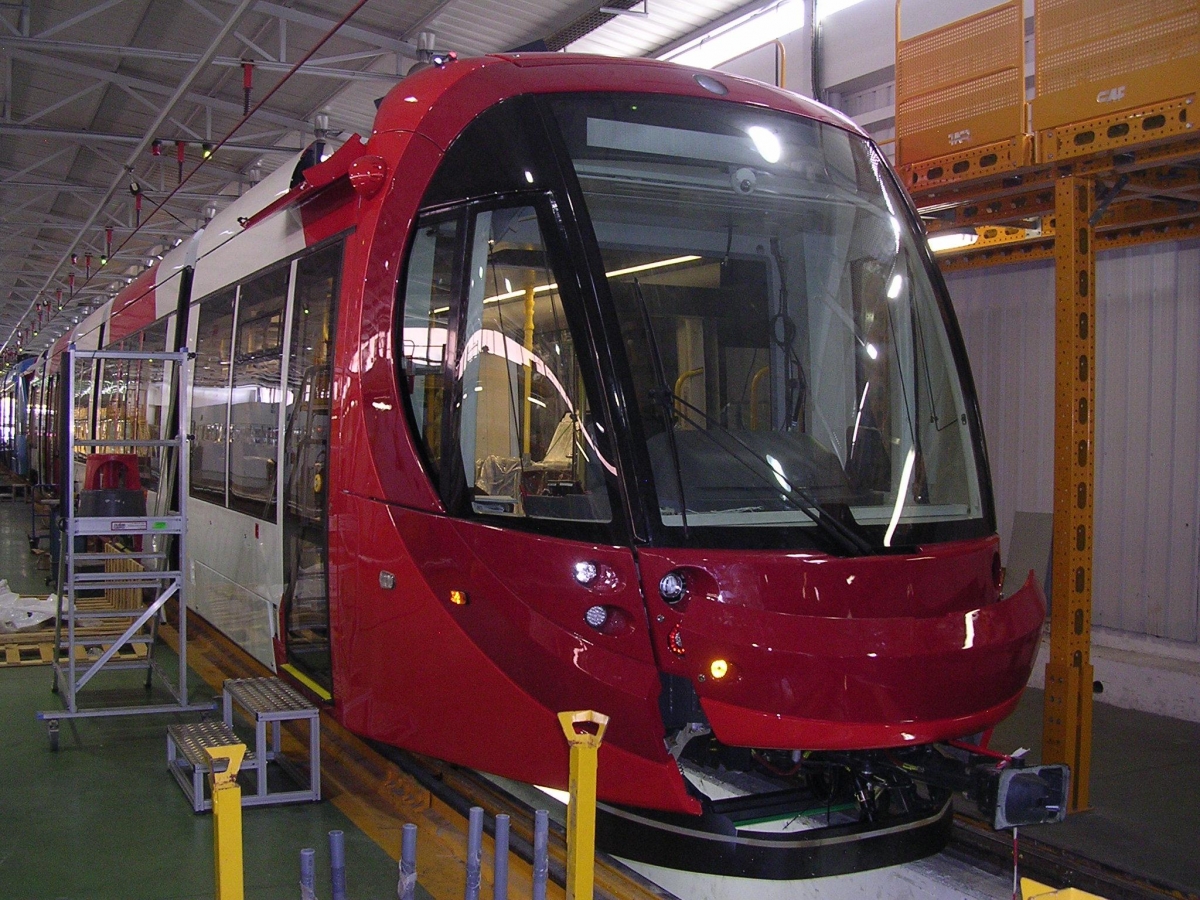
Light rail is gaining traction, and is set to become even more frequent in Sydney’s increasingly public transport friendly metropolis.
The popular public transport mode has become a staple of the morning commute among Sydney-siders working the in the CBD and the Inner West, with travellers regularly trekking from Central Station to The Star casino and the suburbs in a matter 20 minutes.
But now the New South Wales government and light rail operator Transdev want to increase the frequency of transport services by adding 12 new vehicles to the existing fleet by the end of June 2015.
The fleet already has 12 vehicles operating on the Inner West Light Rail network, including six new vehicles that were delivered in 2014 and presently operate in conjunction with six Variotrams on the network.
And by the middle of the year, new vehicles made by Spanish company Construcciones y Auxiliar de Ferrocarriles (CAF) will be rolled out at a cost of $38 million.
Minister for Transport Gladys Berejiklian said the new 33 metre vehicles can carry around 200 people and offer commuters increased comfort and passenger amenity, with state of the art real time travel information.
It’s also been a year since the government opened a new 5.6 kilometre extension between Lilyfield and Dulwich Hill, which has led to a boost in demand for more services for commuters traveling between the CBD, Darling Harbour, the Fish Markets and the inner west.
“It’s great to see so many people embracing light rail,” Ms Berejiklian said.
She said since the extension opened last year approximately five million trips have been made across the network, a jump of almost 30 per cent compared to the year before.
Not only are there more vehicles coming, but light rail has had some significant technological integrations over the past year, especially with the introduction of the Opal card by the state government.
The nifty little tap-on, tap-off card has been popular on trains, buses and ferries. But Sydney’s light rail service has been one of the last modes of public transport to adopt the Opal card, where passengers were previously doing face-to-face cash transactions with on-board transit officers.
Or commuters would just show them their MyMulti ticket supplied by Sydney Trains and travel on the light rail for as long or as many times a day as it suited them.





